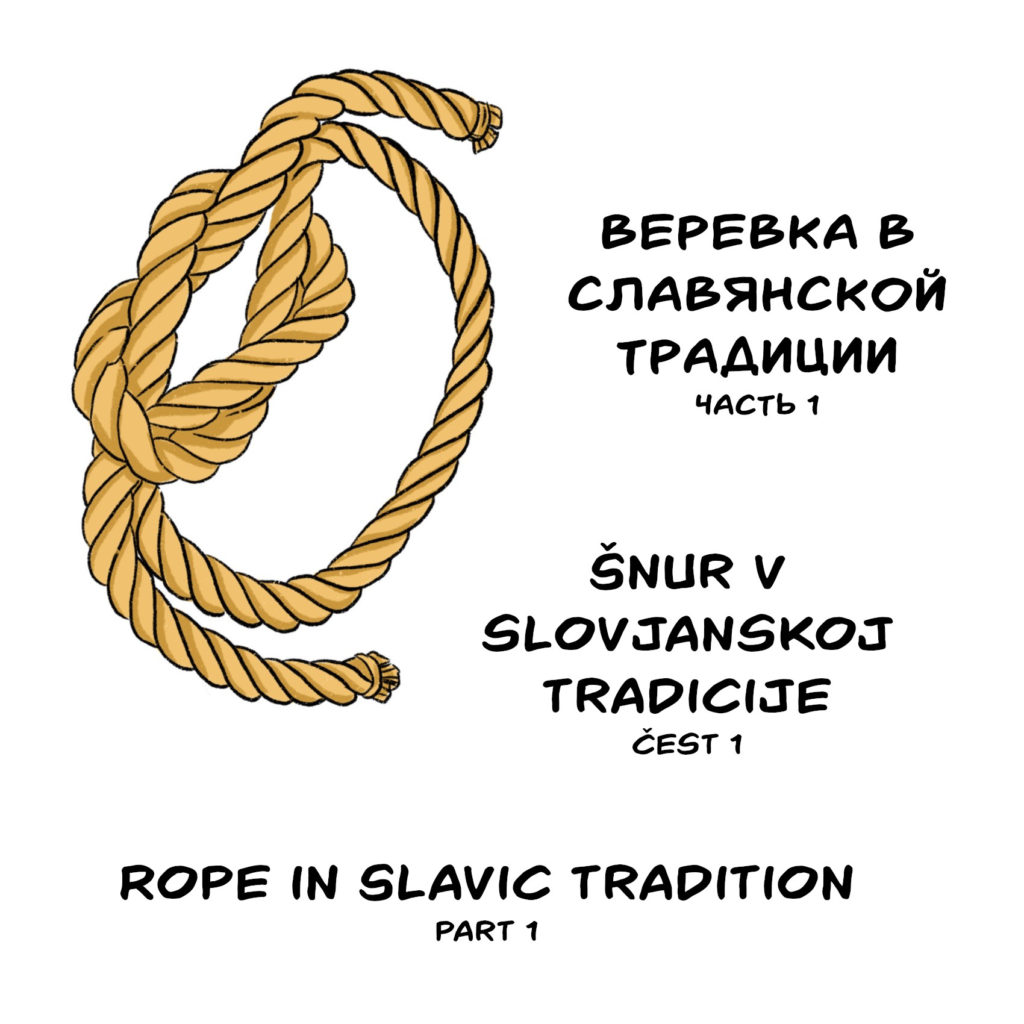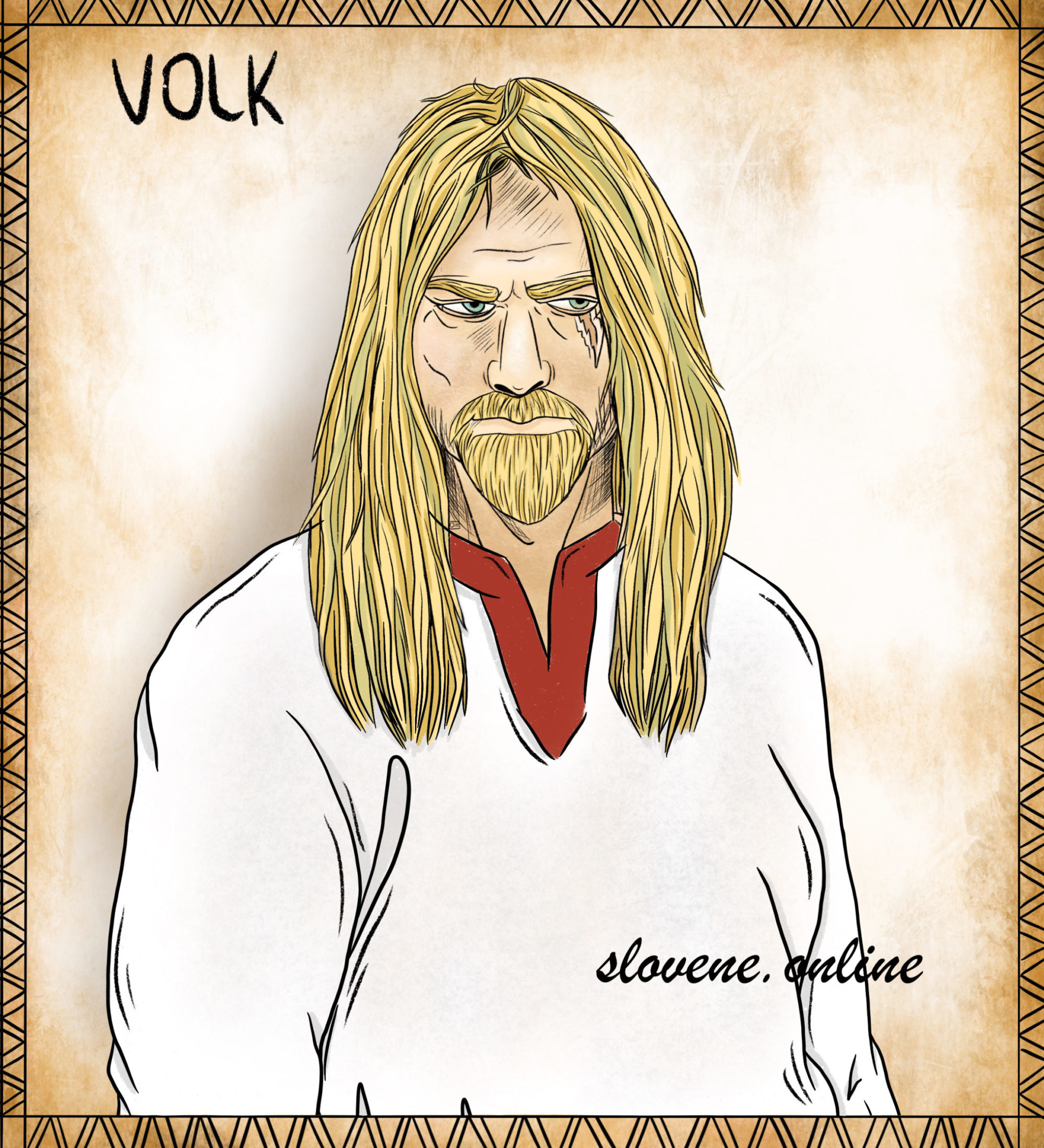Sometimes, a rake was an omen of trouble: it predicted a quarrel if thrown on the field with the teeth up, as the Slovenes believed, or a difficult childbirth if a pregnant woman stepped over it.
ꏍ
But most often rake brought good luck. In order for the sheep to have a lot of milk, the Serbs would leave the rake in the barn for a “sleepover”. During the flax sowing, Poles would put a rake in the field for a good harvest. In Bosnia, an owner who wanted to sell a cow, would scrub its back with a rake for good luck and to ensure that the animal will not be “returning home”.
ꏍ
In Serbia, childless spouses went to the mill, and the husband “gathered” water with a rake, while the wife drank it to get pregnant. The rake also helped young Serbian girls to attract young men: on the eve of St. George’s Day, they sat astride a rake, drove around the house and said: «Како грабуље грабе, тако се и младићи грабили за мене» (As the rake drags, so let the guys “drag” after me).
ꏍ
How did your grandparents (or yourself) use the rake? Only for their intended purpose or also in magical rituals? 😉
ꏍ
Source: “Slavic Antiquities” – encyclopedic dictionary in 5 volumes by Institute for Slavic Studies of the Russian Academy of Sciences.
ꏍ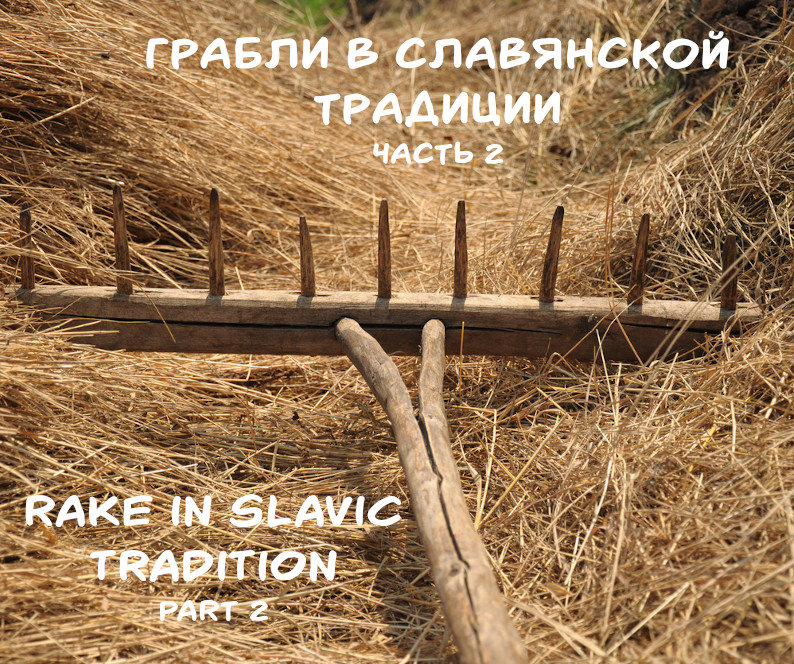
Rake in Slavic tradition – part 1
It would seem that everyone knows the purpose of the rake, but the ancient Slavs used them not only to collect hay and leaves, but also in protective rituals.
ꏍ
Slovenes used them as defense against thunderstorms: they threw a rake under the roof with the teeth upward in order to “cut” the cloud. Serbs performed interesting rituals with a rake to defend livestock from snakes and witches – women rowed near cattle barns and said: “I rake in my own, not someone else’s”.
ꏍ
To protect cattle from evil curses, Slavs would put hot charcoal on the ground, cover it with an iron baking sheet and then “row” over it with a rake. In the process, they would say three times: “As this coal cracks, so let her (a witch), who is going to curse the cattle at night, to crack from torment; as I row on this baking sheet, so let the devils torture her in hell. ” Then the coal was taken out, mixed with ashes or flour, and scattered around the barn with the words: “After she has collected all the ashes, only then she will harm my cattle.” However, witches also had their own “counter-rituals” to resist such “measures” – for example, by drawing a magic circle around the cattle with a rake…
ꏍ
To be continued…
ꏍ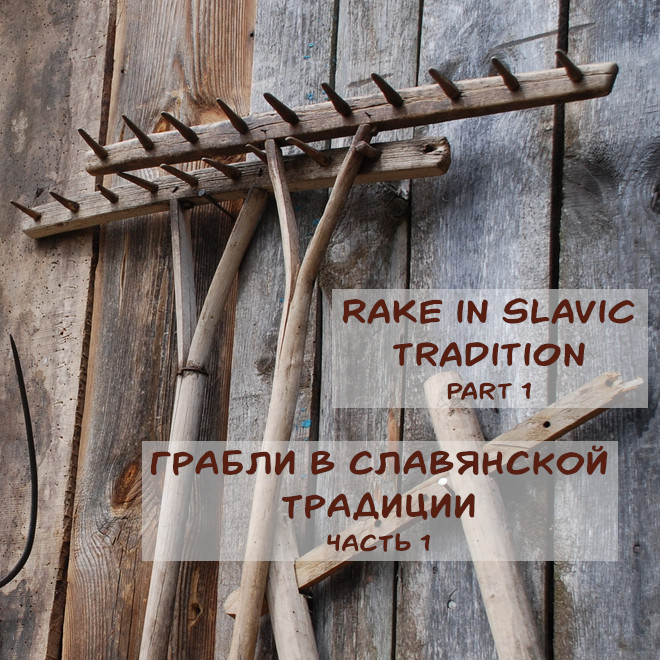
Rope in Slavic tradition – part 2
You may have seen a wedding ceremony tradition, where people are putting a rope across the road before the newlyweds who are coming back from the wedding. This is an ancient Russian custom for protection against curses. The same method (pulling a rope across the road) was practiced by the Eastern Slavs to protect cattle from witches.
ꏍ
But the witches used the rope to mend evil as well. For example, to curse the cattle they also pulled it across the road, along which a herd of cows should pass on St. George’s Day or on Kupala. Eastern and Western Slavs believed that in order to “steal” milk from cows, the witch collected night dew with a rope, and then milk was dripping from that rope. In the beliefs of the Ukrainians, the Luzhichians and the Southern Slavs, the witch, for the same purpose, “milked” a rope (or belt) thrown over the ceiling beam – and milk was believed to be dripping from it.
ꏍ
In Kostroma, a rope that was in contact with the deceased was of great magical significance. Such a rope was used as a belt by a witch who would set off on the Kupala night to “steal the harvest” from other people’s fields.
ꏍ
More interesting facts can be found in: “Slavic Antiquities” – encyclopedic dictionary in 5 volumes by Institute for Slavic Studies of the Russian Academy of Sciences.
ꏍ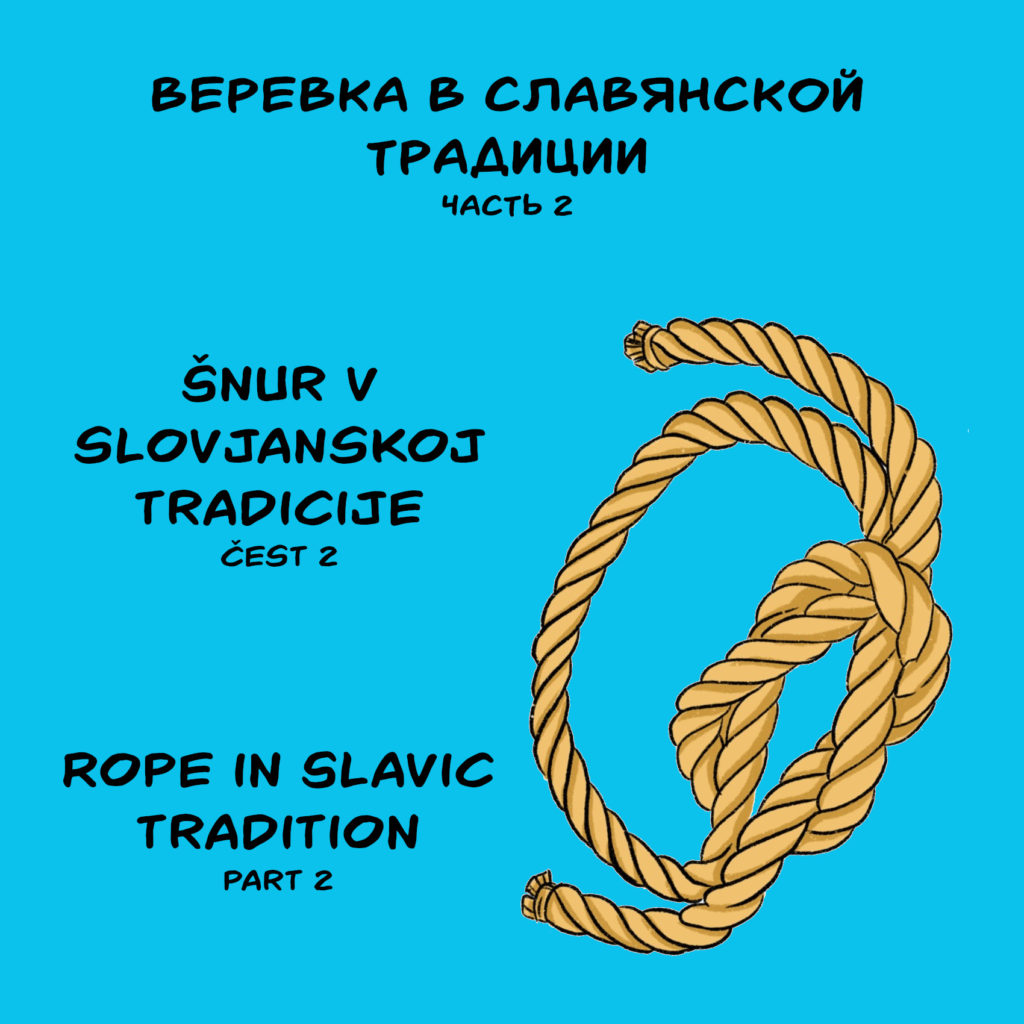
Now our graphic novel is available in Interslavic language
Good news! Now our comics is available in Interslavic language! Many thanks for the translation to Rafail Gasparyan, Gleb Sinchenko and Michał Swat from the Interslavic Facebook Group!
ꏍ
Comics download link: https://slovene.online/isv/komiks-diky-vepr/
ꏍ
FB group: https://www.facebook.com/groups/interslavic/
ꏍ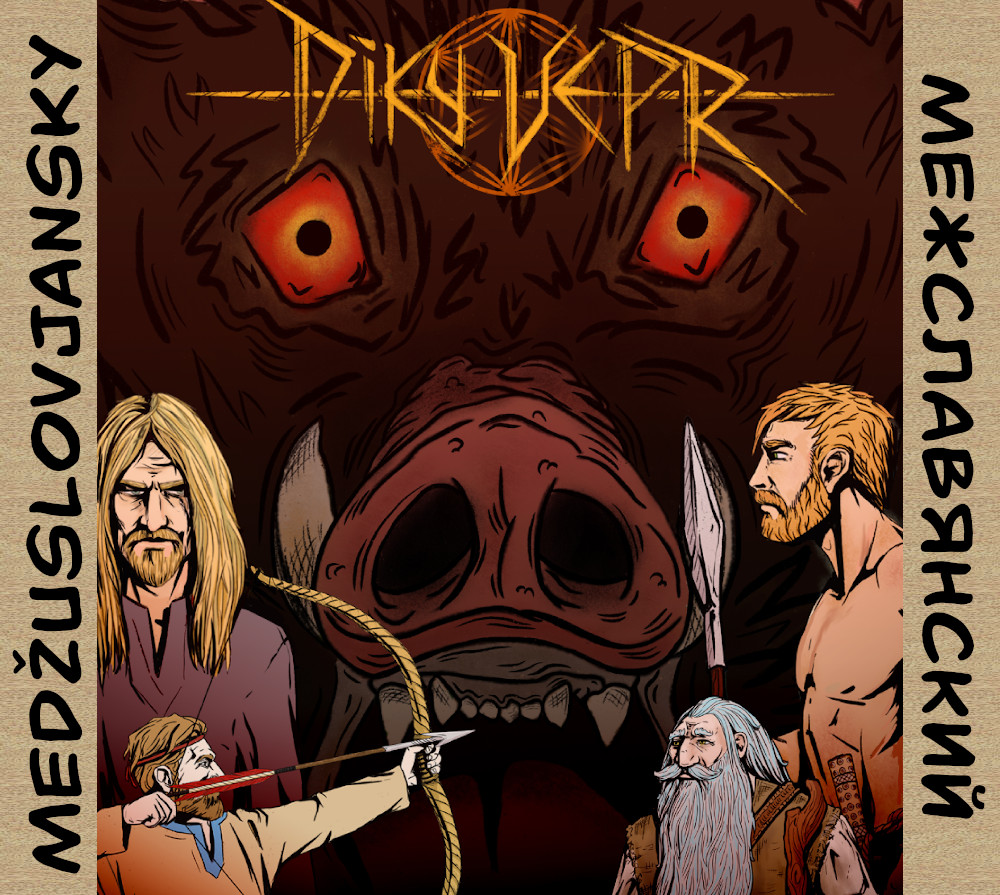
Rope in Slavic tradition – part 1
A common rope used today, was also considered a talisman by the ancient Slavs. It protected from curses and even helped to neutralize evil spirits.
ꏍ
Before the wedding, the North Russian Slavs tied a rope (a belt or a fishing net) over the naked body of the bride and groom to protect them from evil spells. For the same purpose, the Serbs surrounded the bed of a woman in labor and a child with a rope. Slavs would also put a red rope or a ribbon on a hand of a child or a pregnant woman, as well as just a beautiful girl, to protect them from being cursed. In general, using rope as a belt, was one of the ways to create a magic circle, which ensured the inviolability and safety of the person in it.
ꏍ
Macedonians believed that a person could tie a vampire by throwing a noose around his neck with a reed rope. The Poles believed that a rope woven from nine bast strips was suitable for capturing Vodyanoi. They also were ready to chase away Mara, who came at night to strangle people, by beating her with a rope or a belt.
ꏍ
To be continued…
ꏍ